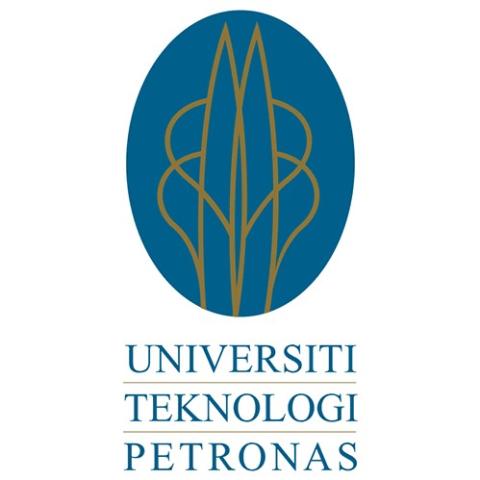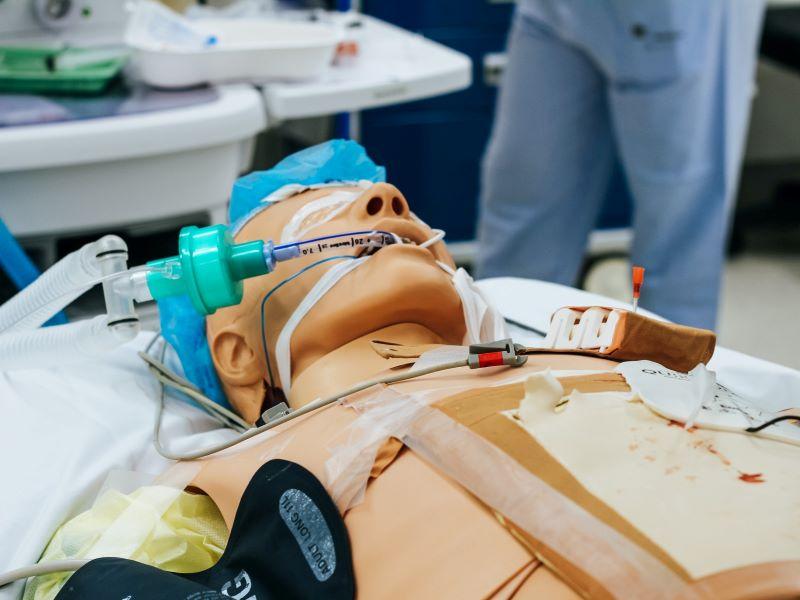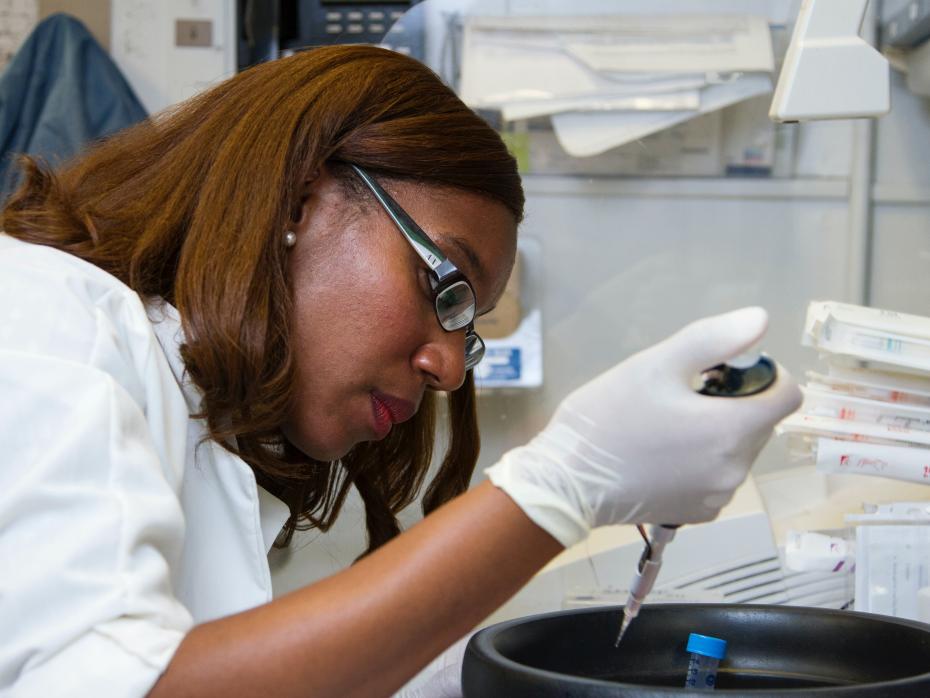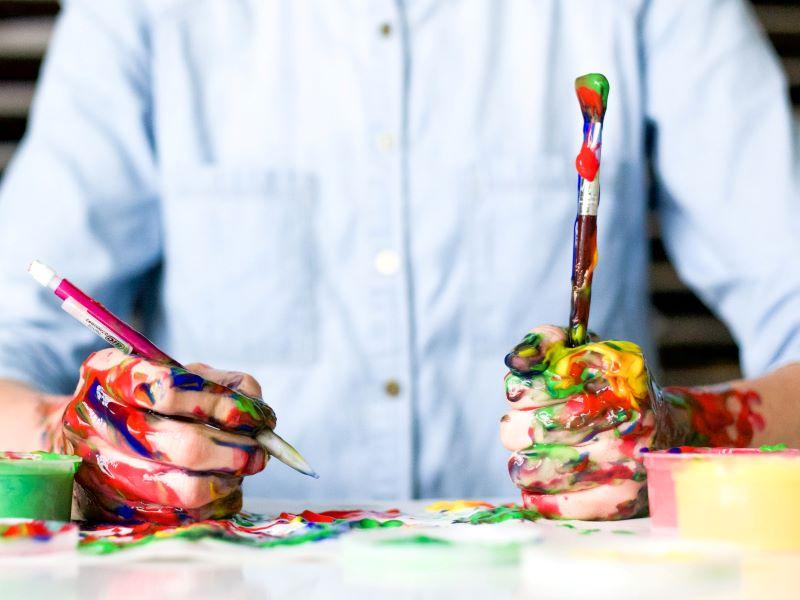
Creativity and innovation are the keys to reshaping learning
The adoption of innovative strategies is gradually reshaping how students learn and educators teach. Indeed, the time when classrooms were solely spaces for memorisation and one-way communication seems a distant memory.
The rise of interactivity
Present-day teaching and learning emphasise interactivity, as well as critical thinking, among students. Teachers have adopted new delivery methods such as problem-based learning, the flipped classroom and even gamification among learners with different capacities. These modes of teaching and learning prioritise active participation, enabling students to apply knowledge gained in practical or simulated real-world scenarios.
- Four ways to use gamification to engage your students in learning
- Welcome to your virtual reality-based classroom
- Five key tips for using AI-based simulations
For example, the flipped classroom approach can help students engage with materials at their own pace, through online platforms. Classroom periods can be used for discussions with their peers and teachers, solving the pre-set problems or participating in the hands-on activities. Accordingly, passive learning is shifting towards active learning, nurturing in-depth understanding while better retaining complex concepts.
When teaching a course on sustainable water management, we developed a virtual reality programme set within a wastewater treatment plant. The flow of wastewater from one operational unit to another was described within the VR set, helping students comprehend the complex operations in treating the wastewater via an activated sludge process. From then on, the students learned from the VR at their own pace, before an assessment was given to measure their understanding.
Interestingly, the assessment’s results confirm an improvement in understanding, when compared with students who took the course before VR was instituted, when they were taught verbally and had to imagine the flow of wastewater treatment and the complex operational units within the plant. This flipped classroom type of delivery can undeniably strengthen understanding, while simplifying the teaching and learning process.
Harnessing the powers of technology
The integration of technology in the teaching and learning process has accelerated in the last few years. The adoption of virtual reality, augmented reality and artificial intelligence have established immersive learning – unimaginable a decade before.
Using a similar example, a lesson on wastewater treatment can be transformed into a virtual trip of every treatment unit, allowing students to explore and learn the processes involved in producing treated water.
The AI-powered personalised learning platforms are specifically tailored to suit individual student needs. They can also identify the strengths and weaknesses of each student, and later offer targeted support based on this data. This tailored process will ensure that no student is left behind, promoting inclusivity and equity in educational institutions.
For example, academic performance data can be used to predict the trajectory for struggling students in the upcoming academic semester. Once this group of students is identified, the course lecturers are notified, helping them to provide support throughout the course.
Educator as facilitator
Teachers play an essential role in achieving rapid transformation of education. Training programmes targeting professional development among teachers, such as workshops, will hone the skills to embrace creativity and innovation into the knowledge delivery process. Supportive learning environments, via physical or virtual platforms, will help teachers to opine and innovate, while staying up to date with the latest pedagogical developments.
For example, a science teacher may struggle to convey how a laboratory product could be scaled up to their students – but by integrating the course with an engineering teacher, the students can learn from both experts. The teachers also learn from each other on the up-to-date developments in their own fields.
This integrated course could also be partly delivered by an adjunct lecturer who has, say, vast industrial experiences to share with students, preparing them to face challenges when they step into the real world.
Educators should embrace the role of facilitators, helping students to think critically, solve problems effectively and embrace lifelong learning. By imparting curiosity and promoting exploration in the first place, teachers are readying students for a future that constantly demands creativity and innovation.
The importance of creativity
Creativity is not limited to the arts. In fact, creativity appears in all disciplines, encouraging students to resolve problems with new perspectives and positivity. Institutions are adopting design thinking, making spaces in curriculum structures to stimulate innovation and creativity. By “spaces”, we’re referring to the opportunities for students to deal with complex problems, pushing themselves further when thinking of the best plausible solutions. Allow them to debate with their peers on these solutions, all under the mentorship of their facilitators. These initiatives cultivate critical thinking skillsets, empowering students to embrace challenges while creating impactful resolutions.
Despite all these advancements and initiatives, challenges and limitations remain. The technological accessibility within underprivileged areas is a significant barrier. To connect the digital divide, there needs to be concerted efforts from governments, educational institutions and all stakeholders.
Institutions should embrace the need to adopt technologies in the teaching and learning process, while gradually phasing out the traditional mode of imparting knowledge. Educators from each institution should upgrade themselves by attending related courses to stay abreast with the latest pedagogical developments. Also, let’s encourage research in education to aim for more breakthroughs like these, so we can help our students even more.
To ensure the teaching and learning process remains relevant, we need to adapt constantly to the rapid pace of technological change. By transforming traditional practices, educators can create a teaching-learning ecosystem that not only disseminates knowledge, but inspires students to succeed in an ever-changing world.
Lim Jun Wei and Ho Yeek Chia are both senior lecturers at Universiti Teknologi Petronas. Boredi Silas Chidi is a researcher and academic at Cape Peninsula University of Technology.
If you’d like advice and insight from academics and university staff delivered direct to your inbox each week, sign up for the Campus newsletter.




